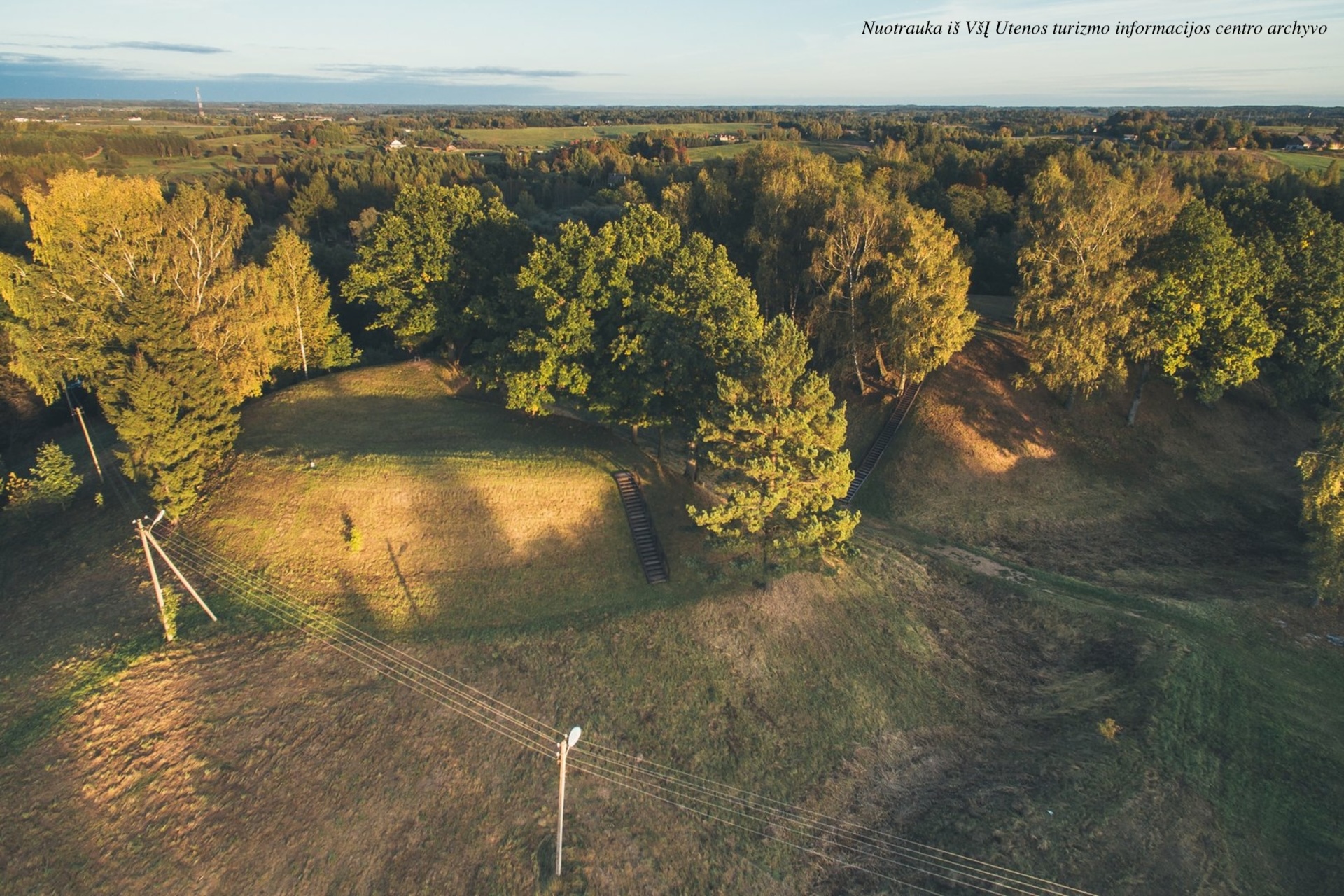




























Narkūnai Hill Fort

335

0

1
The Narkūnai Hillfort, also known as Utenis or the Great Hillfort, is one of the most important historical symbols of the Utena region. It is dated to the 1st millennium BC – 2nd century AD and the 14th–early 15th centuries. The hillfort stands on a separate hill on the left bank of the Utenėlė River, making it an excellent site for tourism.
In the 13th century, it was home to the castle of Daumantas, Duke of Nalšia, around which a settlement began to form—the origins of present-day Utena. In 1433, the castle was destroyed by the Livonian Order. Today, Narkūnai Hillfort is a popular gathering place for locals and visitors during various celebrations.
In 1998, the hillfort was declared a cultural monument, covering an area of 4.8 hectares. It is not only a historical landmark but also a cultural site that offers insight into Utena's past while allowing visitors to enjoy its natural beauty.
Info
Spotted an error? Let us know
Whats new?

Three impressive Baltic seaside spots: Olando Kepurė, Veczemē Cliffs, Pakri Cliffs

Discover Tallinn Old Town with MyTravis: a medieval spirit that surprises you at every step

Women's hike through the mystery of the fog from Ginučiai Hillfort to Ladakalnis

The first women’s hiking club hike in Marcinkonys: nature’s beauty, legends, and togetherness in Dzūkija

Nature Trails in the Pärnu Region: A Journey Through Estonia’s Natural Treasures

Šiauliai Chestnut Alley – a place where dozens of chestnut trees bloom

Kulautuva – the Pearl of the Nemunas Shore: What to See and Do?

Kauko Stairs in Kaunas – Woven with Myths and Natural Beauty


 Entertainment
Entertainment
 Sightseeing
Sightseeing
 Food establishments
Food establishments
 55.473357, 25.550894
55.473357, 25.550894
 Get directions
Get directions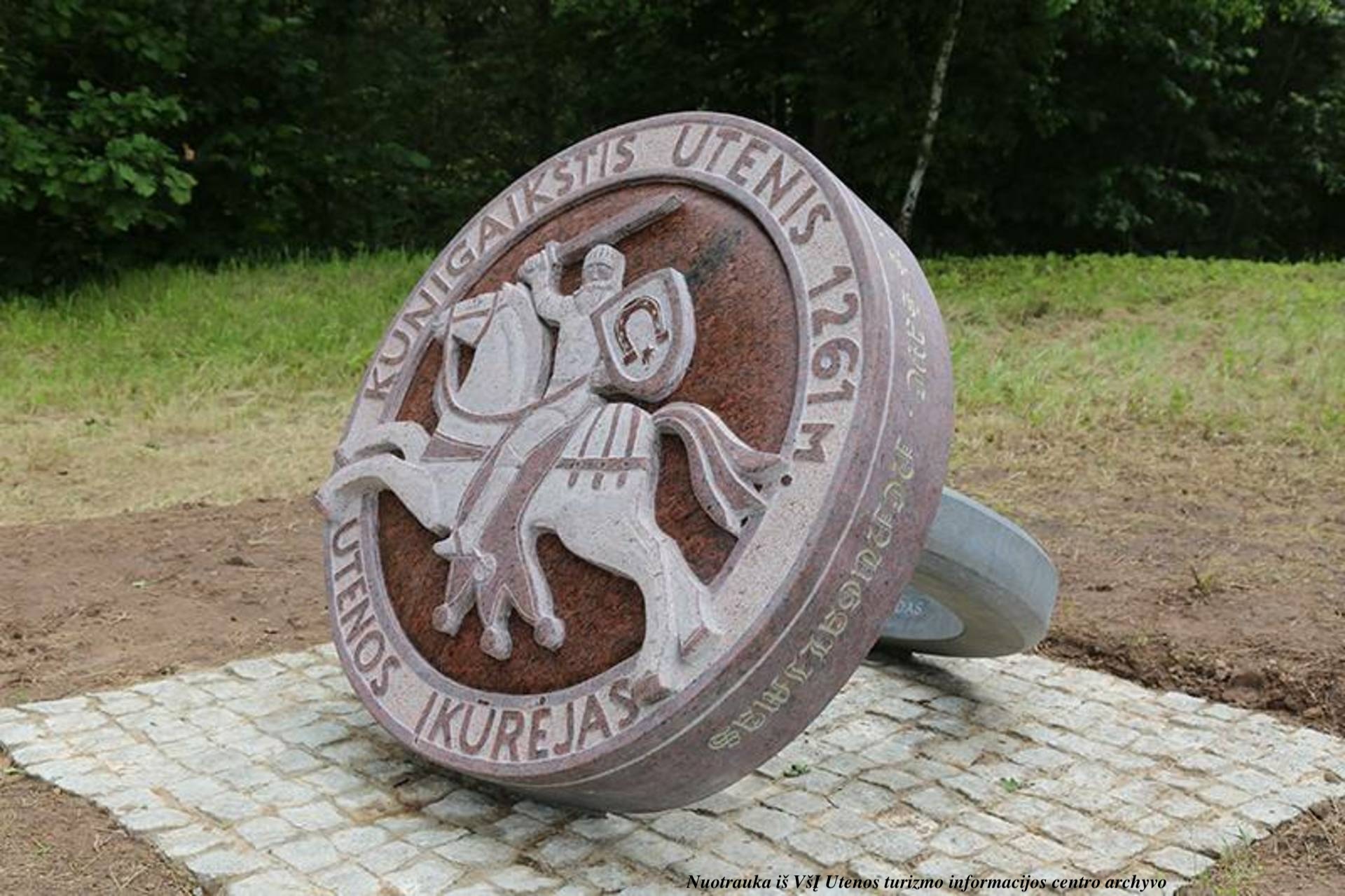


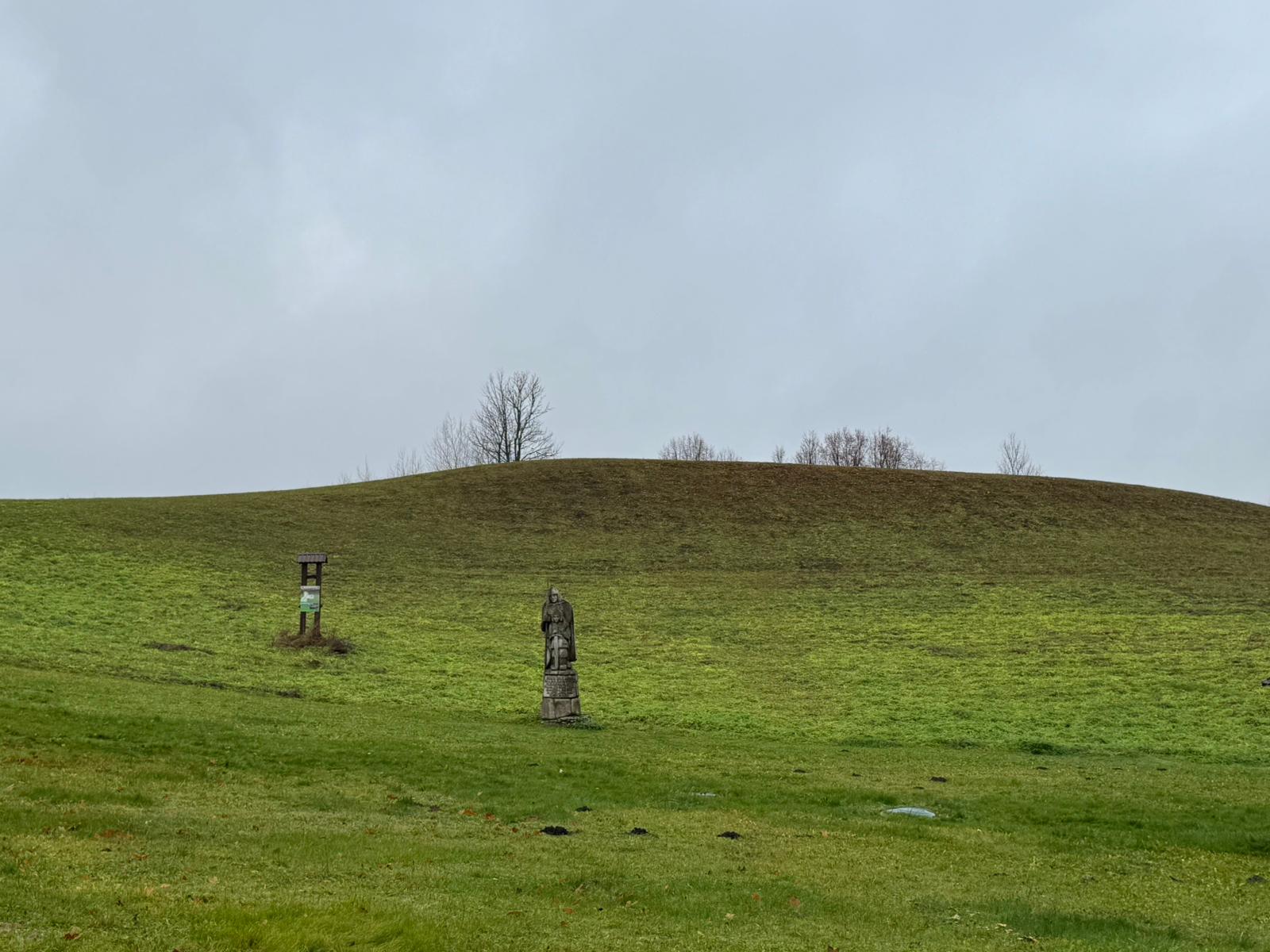
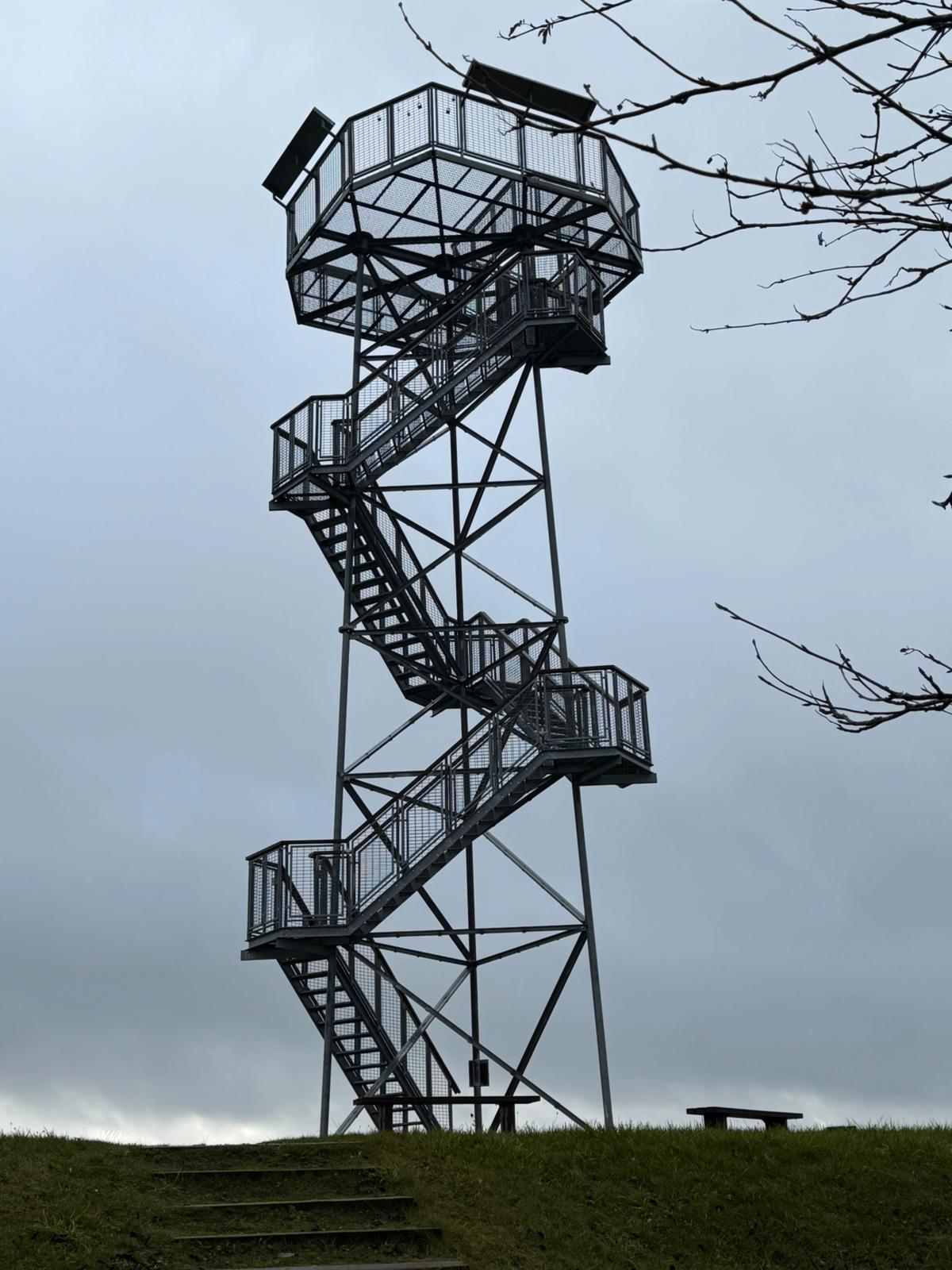

.jpg)
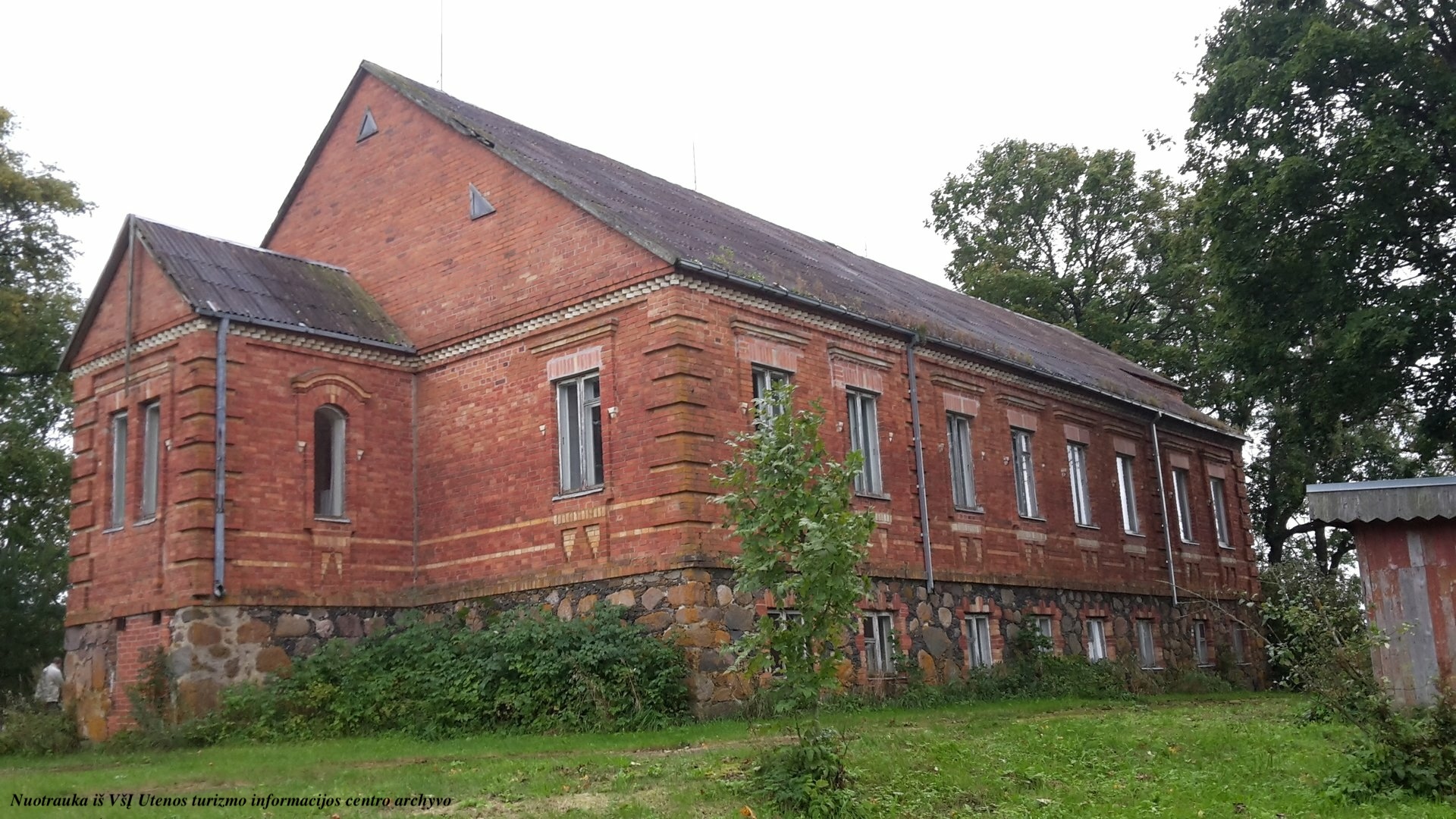
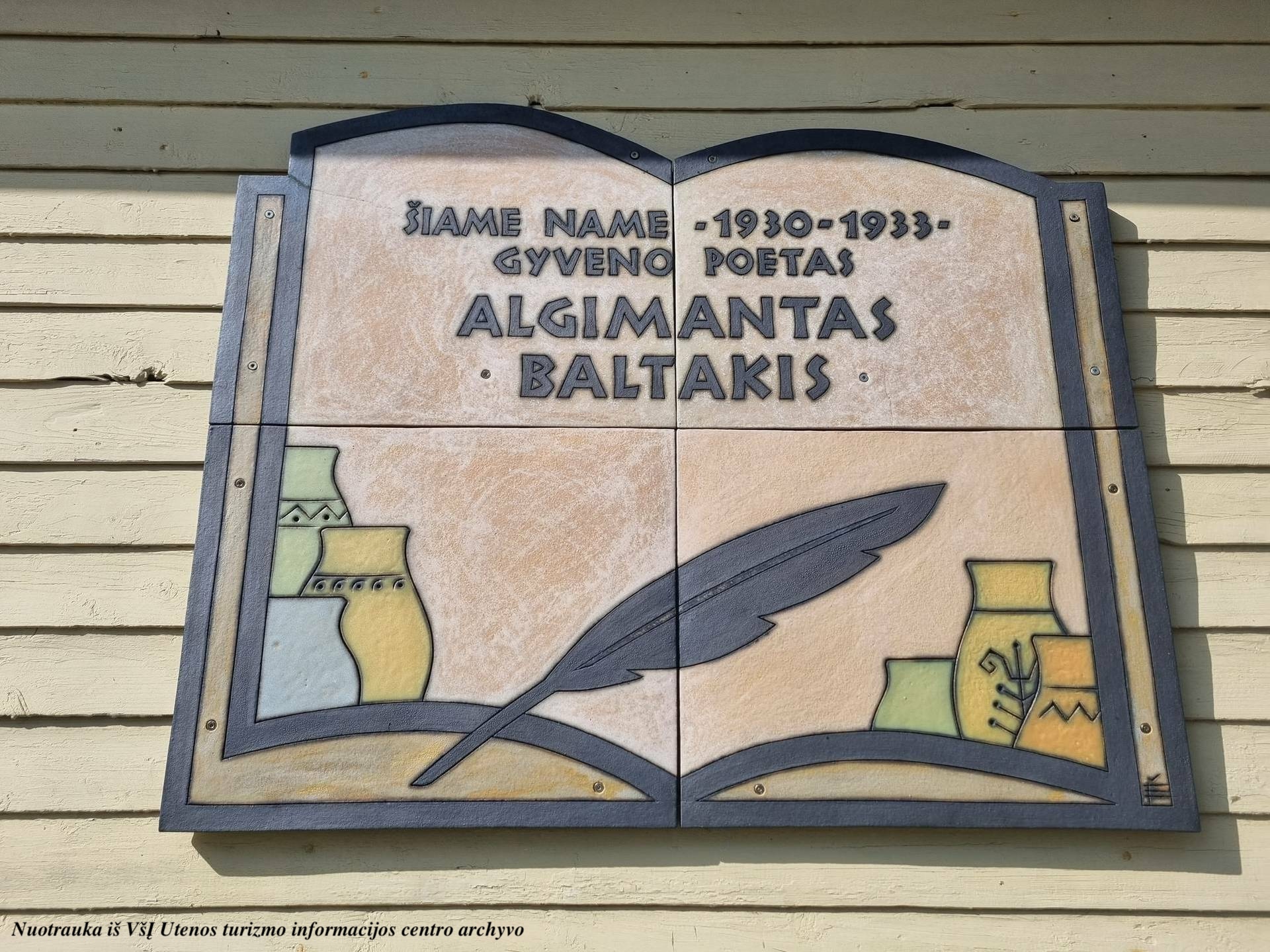


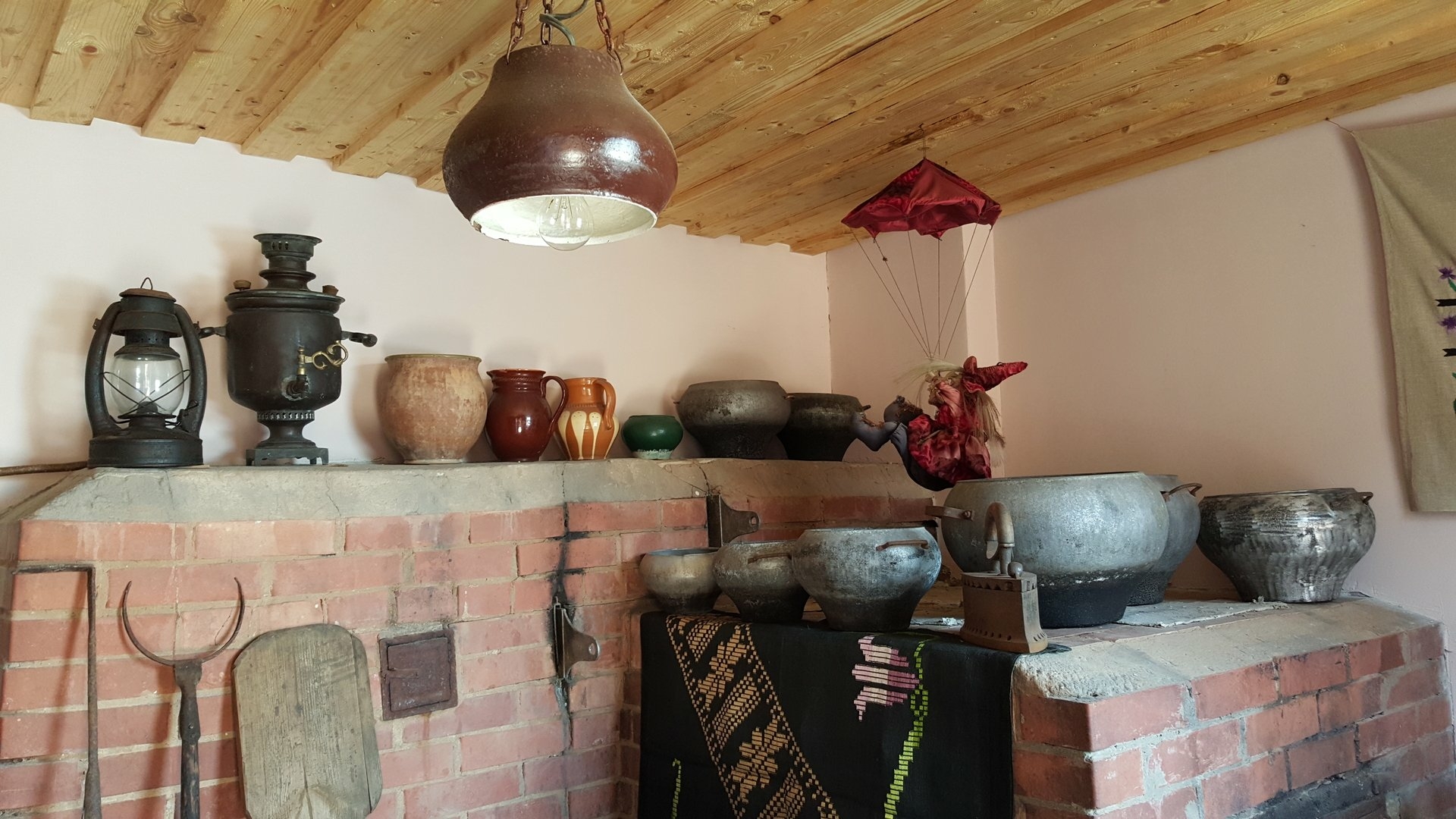



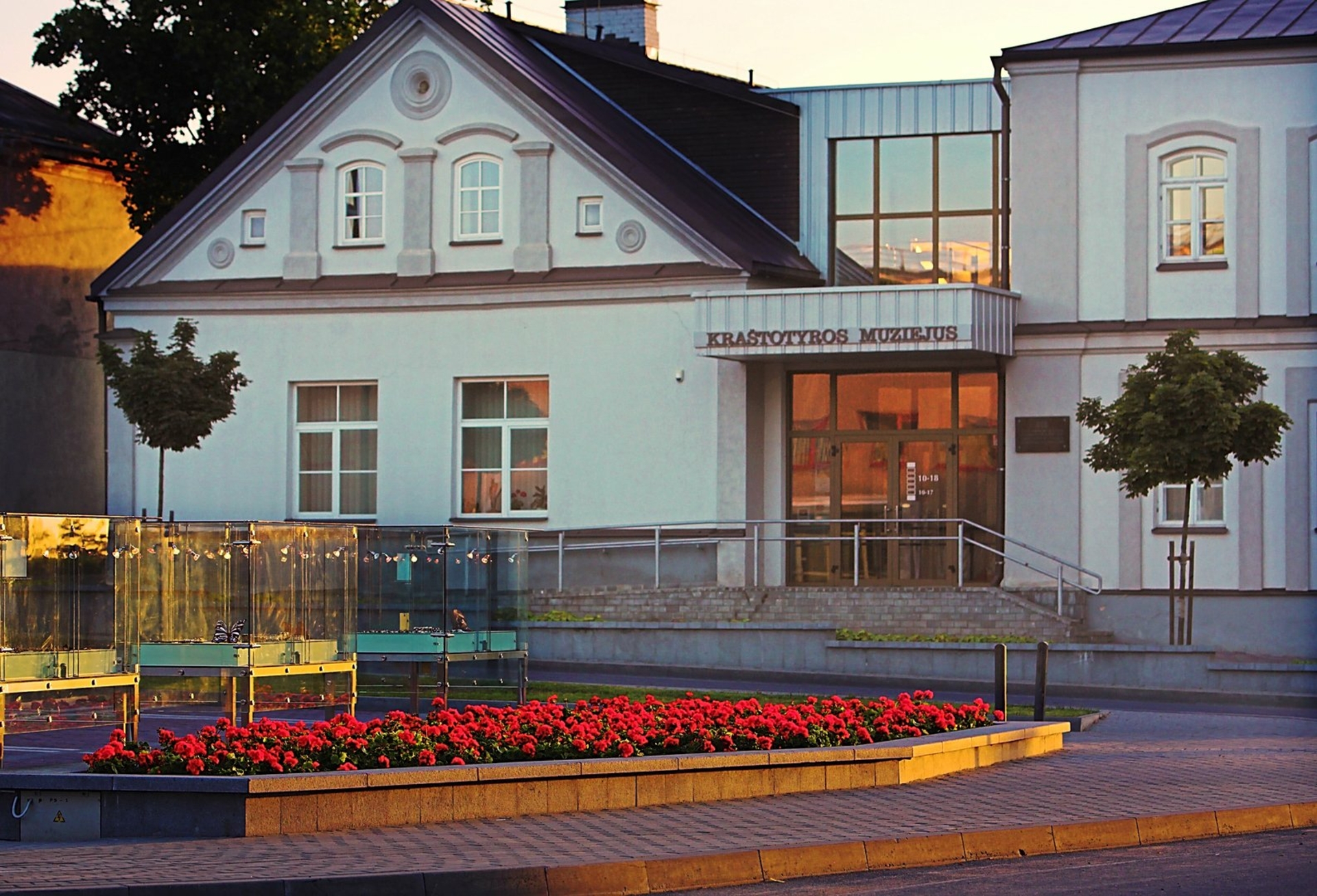


.jpg)


